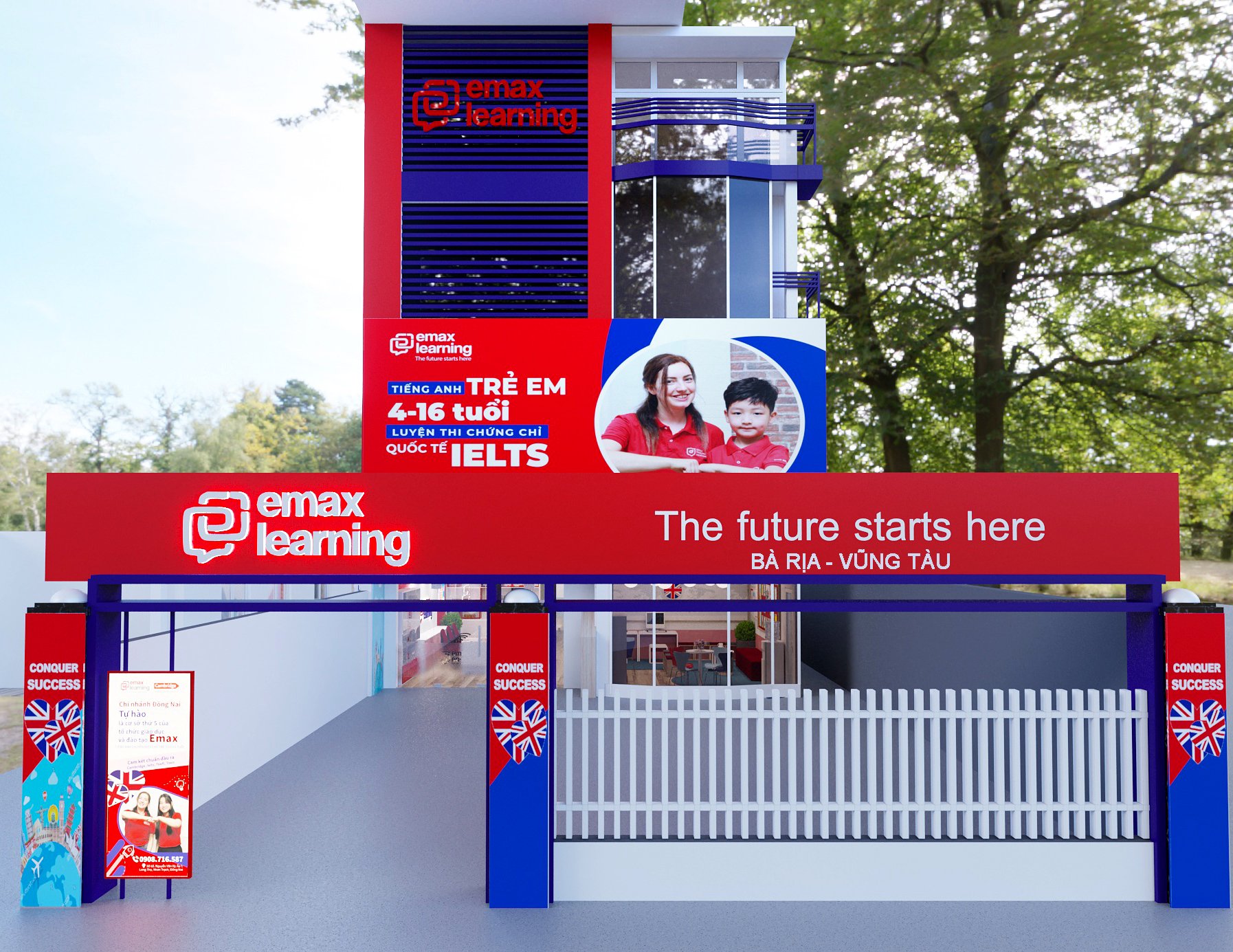The Evolution of Mobile Technology in 999
The year 999 marks a significant point in history, not just for its cultural and societal changes but also for the inception of various technologies that laid the groundwork for future innovations. Although mobile technology as we know it today did not exist in the year in 999, this period was pivotal as it set the stage for communication and transportation advancements. This article explores the evolution of what would eventually lead to modern mobile technology, focusing on the historical context, early forms of communication, the impact of the Renaissance, and how these elements contributed to the technological revolution leading up to today.
Historical Context: The World in 999

Societal Structure and Communication
In the year 999, the world was predominantly agrarian, with feudal systems dominating Europe, while other regions were flourishing with their own unique cultures and advancements. Communication methods were limited to face-to-face interactions, written messages transported by couriers, and the use of symbols or flags for signaling over distances. This laid the groundwork for more sophisticated means of communication.
The postal system was rudimentary at best. Messages had to be carried by horseback or foot, often taking days or even weeks to reach their destination. As a result, information spread slowly, which significantly affected trade, diplomacy, and social relations. However, the need for faster communication was ever-present, prompting innovators of the time to seek more effective solutions.
Innovations in Transportation
Transportation in 999 was limited to animal power, such as horses, camels, and oxen. The invention of the wheel centuries earlier had already revolutionized travel, but the methods used were still basic compared to modern standards. Boats navigated rivers and seas, facilitating trade between distant lands, yet many regions remained isolated due to geographical barriers.
Trade routes began to develop around this time, particularly through the Silk Road, connecting East and West. Merchants learned to communicate over long distances and share knowledge, including advancements in technology. The exchange of goods and ideas would eventually lead to the creation of a more interconnected world, paving the way for the development of mobile technology.
The Role of Religion and Education
Religious institutions played a vital role in preserving knowledge during this era. Monasteries became centers of learning where scholars studied ancient texts, documenting everything from philosophy to architecture. This knowledge was critical in creating a foundation for future technological advancements.
Education was primarily reserved for the elite, which meant that the majority of the populace remained uninformed about scientific breakthroughs. However, the few who could access this knowledge began to envision new possibilities for communication and interaction. This intellectual curiosity fostered an environment ripe for innovation.
See more: in999
Early Forms of Communication: The Foundations of Mobile Technology
The Invention of Writing and Its Impact
Writing emerged as one of humanity’s greatest achievements around 3200 BC, enabling humans to record information, communicate across distances, and preserve knowledge. By the time of the year 999, writing systems like Latin, Arabic, and Chinese were widely established. These forms became essential in documenting transactions, treaties, and ideas, allowing societies to flourish.
Written language facilitated the first steps toward mobile technology. Letters and manuscripts became critical tools for governance and trade. Yet, despite these advancements, the actual transmission of messages remained slow and cumbersome. Innovations in writing paved the way for more complex means of communication, which would further evolve into mobile formats.
The Development of Signaling Systems
As societies expanded, so did the need for faster communication. Various signaling systems were developed, such as smoke signals, drum beats, and flag signaling. These primitive forms of communication allowed people to send messages quickly over long distances, albeit with limited detail and clarity.
Smoke signals were especially useful for Native American tribes and other cultures. They could relay important information, such as warnings of impending danger or invitations to gatherings, though the messages conveyed were often simple and generalized. Similarly, drums served as both musical instruments and communication devices, conveying emotions and announcements across vast terrains.
The Birth of the Courier System
With the advent of empires, the need for efficient communication grew. This led to the establishment of courier systems, where trained individuals were tasked with delivering messages and parcels. The Persian Empire, for instance, employed a network of mounted riders known as the “Angarium,” which significantly reduced message delivery time compared to previous methods.
These early courier systems marked a significant step towards modern mobile communication. They demonstrated the importance of speed and reliability in messaging, paving the way for subsequent developments in communication technology. Such systems were the precursors to postal services, which have evolved into the intricate networks we rely on today.
The Renaissance: A Catalyst for Change
The Rebirth of Knowledge
The Renaissance, beginning in the 14th century, sparked a resurgence of interest in science, art, and culture. This period saw a revival of classical learning alongside innovative thinking, which included new approaches to mathematics, physics, and engineering. The rediscovery of ancient texts and the rise of humanism encouraged thinkers to challenge established norms and explore uncharted territories.
As scholars revisited the works of Aristotle, Archimedes, and others, they began to apply these ancient principles to contemporary problems. Intellectuals such as Da Vinci and Galileo pushed the boundaries of human understanding, leading to groundbreaking inventions and discoveries that would ultimately influence mobile technology.
The Printing Press Revolution
One of the most impactful inventions of the Renaissance was Johannes Gutenberg’s printing press, which revolutionized the distribution of information. By making printed materials widely accessible, literacy rates began to rise, creating an informed public that sought knowledge beyond oral traditions.
The printing press facilitated the rapid dissemination of ideas, ideologies, and scientific principles. This newfound ability to share information quickly transformed society, leading to increased communication among nations and groups. The evolution of written communication would soon play a crucial role in the development of mobile technology by fostering new methods of data transfer.
Advances in Navigation and Exploration
During the Renaissance, advancements in navigation spurred exploration and trade, connecting diverse cultures and ideas. The development of maritime instruments like the compass and astrolabe enabled sailors to venture further than ever before, opening sea routes that facilitated global exchange.
As explorers returned with new knowledge, the interconnectedness of the world deepened. The exchange of information about geography, culture, and technology fueled innovation that would eventually contribute to mobile technologies. Encounters between different civilizations paved the way for collaborative efforts that would shape communication methods in the following centuries.
The Technological Revolution Leading Up to Modern Mobile Technology
The Industrial Revolution
The Industrial Revolution marked the transformation of societies into industrialized nations, emphasizing mass production, mechanization, and innovation. This era brought forth new means of communication, such as the telegraph, which allowed for instantaneous messaging over long distances.
Invented by Samuel Morse in the 1830s, the telegraph connected the world in ways previously unimaginable. It was the first electrical communication system that utilized coded messages—Morse code—that could be transmitted rapidly across wires. The implications for trade, news reporting, and personal communication were profound, laying the groundwork for future mobile technology.
The Birth of Wireless Communication
The late 19th and early 20th centuries saw the emergence of wireless communication technologies. Pioneers like Guglielmo Marconi experimented with radio waves and successfully transmitted signals without the need for physical connections. This breakthrough fundamentally transformed how humans communicated, eliminating the limitations imposed by wires.
Wireless communication opened new avenues for instant connectivity, enabling people to receive news, entertainment, and information on the go. This technology laid the foundational principles for modern mobile phones and communication networks, illustrating the trajectory of mobile technology evolution.
The Rise of Mobile Phones
The development of mobile phones in the latter half of the 20th century represents a culmination of centuries of advancements in communication technologies. The first handheld mobile phone was introduced in the 1970s, revolutionizing personal communication. Over the years, mobile devices evolved from basic voice call capabilities to multifunctional gadgets that integrate advanced technology.
The introduction of smartphones in the early 21st century further accelerated the evolution of mobile technology. With internet connectivity, applications, and multimedia functionalities, smartphones became integral to daily life, changing how people interact, work, and socialize.
FAQs
What triggered the development of mobile technology?
Mobile technology evolved from centuries of communication innovations, starting with written language and advancing through the printing press and telecommunication devices.
How did the Renaissance impact technology?
The Renaissance revived classical knowledge, encouraging scientific inquiry and innovation, which laid the foundation for future advancements in communication and technology.
What role did the telegraph play in communication?
The telegraph revolutionized long-distance communication by providing a rapid means of transmitting messages, influencing commerce, news reporting, and personal connectivity.
What are some early forms of communication before mobile technology?
Early forms of communication included written letters, signaling systems like smoke signals and drums, and the use of couriers for message delivery.
How has mobile technology changed society today?
Mobile technology has reshaped human interaction, enabling instant communication, access to information anywhere, and transforming business practices globally.
Conclusion
The evolution of mobile technology is a remarkable journey shaped by countless innovations throughout history. From primitive forms of communication in the year 999 to the sophisticated devices we rely on today, each advancement built upon prior knowledge and challenges. The interplay of societal needs, cultural exchanges, and technological breakthroughs culminated in a transformative landscape, where mobile technology is now an integral part of human existence. Understanding this evolution provides valuable insights into our ongoing relationship with technology and the continued pursuit of improved communication methods in an increasingly connected world.










































